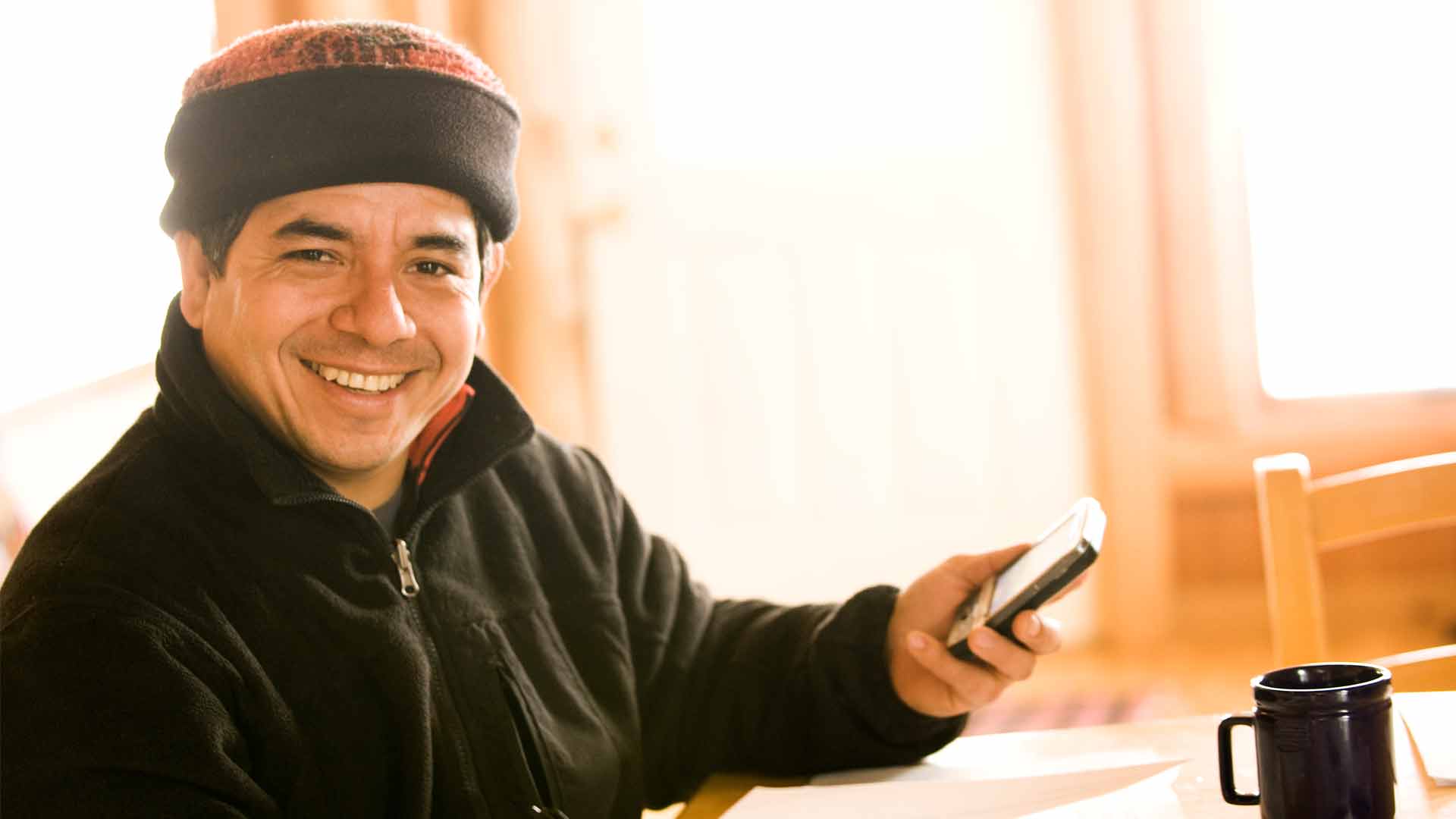Northfield, Minn. — It starts with a chicken. It ends with an enterprise.
It’s Regi Haslett-Marroquin’s vision to help Latino farmers in southeast Minnesota become “agripreneurs” — self-sufficient members of the community. As director of the Rural Enterprise Center in Northfield, he has been training immigrants to manage small chicken flocks. They collectively market the poultry as members of the Hillside Farmer’s Co-op.
Eventually, Haslett-Marroquin wants the cooperative’s network to include processing, distribution, marketing and value-added product development — not only for poultry but vegetables and legumes grown with rich, chicken-manure fertilizer.
“If we’re going to do something to support families living in poverty, it can’t cost a lot of money,” says Haslett-Marroquin, an agronomist and former United Nations development consultant. Because a chicken can be raised from hatch to market weight in six to eight weeks, a farmer can turn a profit in a relatively short time, without much capital investment.
In Latin American countries, families often raise their own chickens, so poultry farming on a small scale is familiar to the Latino community. Farmer immigrants often work in poultry processing plants and other ag-related industries as well as on farms. Yet few have the financial resources to start their own business or buy farmland.
The Rural Enterprise Center has designed an “Agripreneur Training Model,” with the goal to help Latino families “break the cycle of poverty, so they can participate in and contribute to the long-term vitality of their communities.”
“Regi has designed a system with relatively low up-front costs. That’s a unique component,” says Kate Paris, AURI project director. “The Rural Enterprise Center has been methodical about how they are building their enterprise and how they are getting their community engaged.”
Bird beginnings
“Poultry is the easiest and most affordable way to get into agriculture,” Haslett-Marroquin says. The model’s first phase is to engage Latino farmers in raising free-range chickens on quarter-acre parcels. Haslett-Marroquin, who owns a 40-acre farm near Northfield, and a Cannon Falls farmer are contributing parcels for the initiative.
Seven Latino farmers are currently raising chickens on the farm plots and 12 have been trained in on-site poultry processing. Poultry is sold direct from Hilltop co-op farms and through Community Supported Agriculture groups, which deliver farm-fresh produce to CSA members.
“We’ll have our own label by the end of this summer and we’ll have products for next fall,” that will be distributed to food co-ops and other retailers, says Haslett-Marroquin, who is experienced in enterprise building. A few years after moving to the United States from Guatemala in 1992, he co-founded Peace Coffee, a subsidiary of the Institute for Agriculture and Trade Policy that markets fair-trade coffee from around the world. In 1996, he was named one of the Twin Cities International Citizens of the Year.
Taste tests and experimental houses
The Hillside Farmer’s Co-op serves customers who want poultry raised without antibiotics so they are testing several natural medicinals at AURI’s meat lab in Marshall.
Chemists conducted analytical tests on the poultry and led taste panels to see if alternative diets affect the meat’s composition, texture or flavor.
“There wasn’t a whole lot of difference,” between free-range chicken fed traditional or alternative diets, says Carissa Nath, AURI meat lab technologist. “That is what we were hoping for. The only difference Regi wants is for the birds health.”
Haslett-Marroquin is also experimenting with housing to raise chickens year-round in a free-range environment. Last summer, he built an insulated hoop house that is heated with solar panels rather than fuel or electricity. “The building has not dropped below 20 degrees,” he says.
Building a network
Last summer, after raising poultry for two years, the Hillside Farmers Co-op had accumulated enough composted chicken manure for community gardens managed by about 40 Latino farmers. “We planted four acres of black beans to grow seeds for next year’s planting,” he says.
They also planted hazelnut trees, which will produce edible nuts in about four years. “None of these are quick fixes. We’re establishing a long-term system.” Eventually, small-scale operations, from vegetable to poultry producers, will join into a single network marketed under one label.
After the co-op has an established network of producers, “then you have processing needs … then financing, trucking, freezing.”
“We are setting up a network of cooperatives — each co-op is a network of farms. The overall co-op is an economic cluster,” which will share a brand label, Regi says. “When you take a bunch of related enterprises and you put them together, it has a multiplier effect in the local economy.”
“So much of what Regi’s trying to do is so in line with AURI’s mission — building capacity for producers to own more of the value chain,” Paris says. “He’s building off the strength of the community he’s working with to add value to their product.”
“As we do this, we don’t want to be just growers, we want to be business people,” Haslett-Marroquin says. “We want to build a resilient system. That doesn’t get built in a year or two.
“We’re putting the footings up.”

